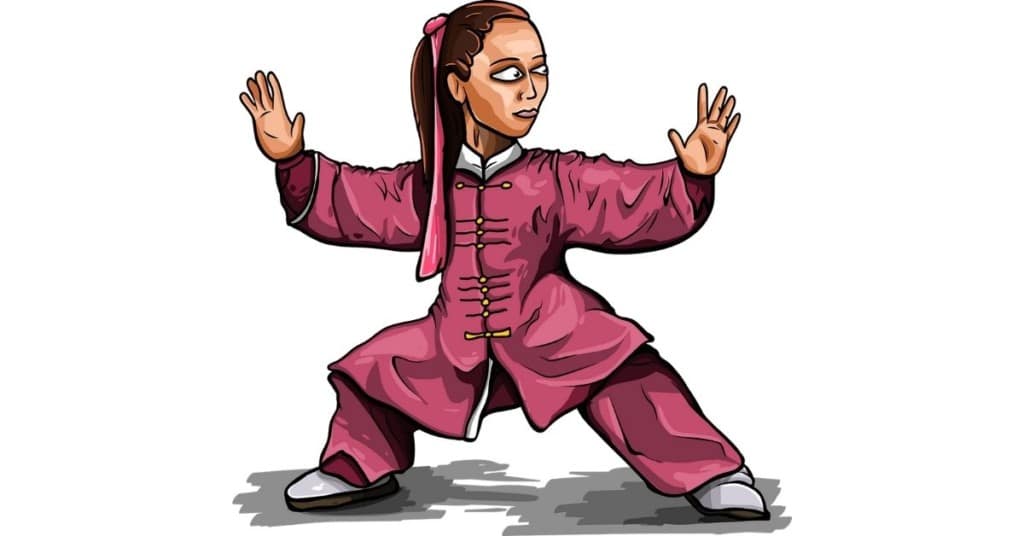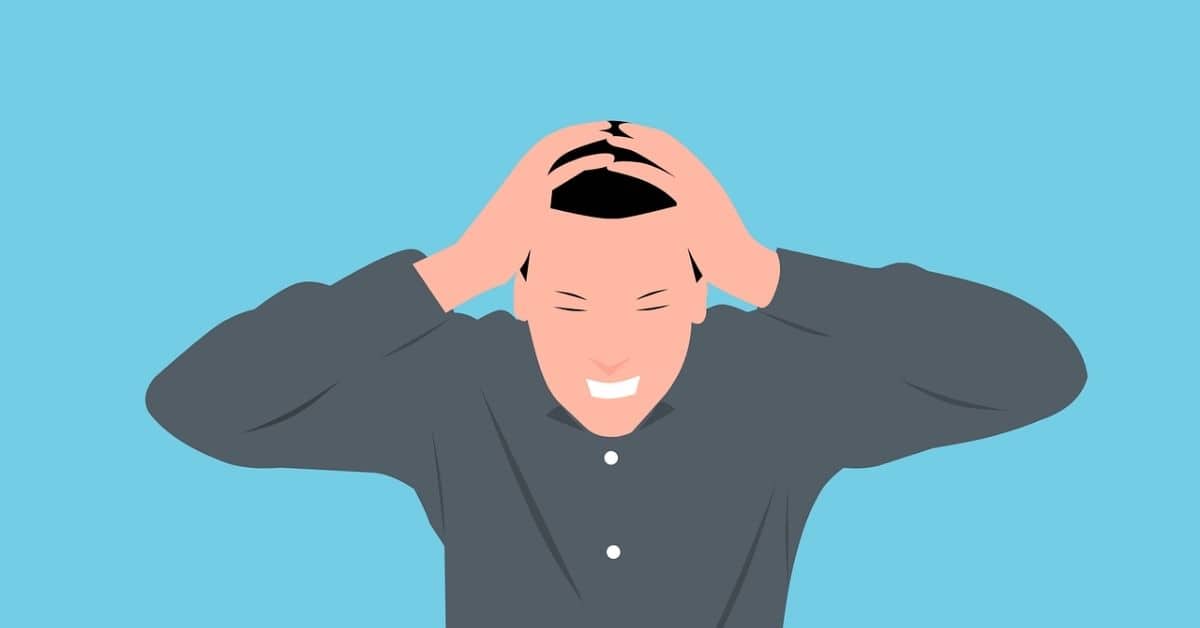Many think learning to fight increases violence and anger levels. Yet, studies showed that martial arts decrease anger and stress levels.
Frankly, it’s only logical that learning to fight will promote habits of violence and aggression. Yet, that doesn’t seem to be the case in many pieces of research. So, why is the truth?
Martial arts decrease anger levels because they provide their trainees with an outlet. As a result, one will release anger and aggression to be calmer and more peaceful post-training. For instance, Boxing incorporates a drill where you’re hitting a punching bag as hard as you can.
Yet, there’s more to it. One will change his entire mindset and perspective using martial arts. However, it doesn’t end there. The number of benefits one will experience from training is numerous. I wrote an article you should read on the benefits one will experience from martial arts.
Before jumping into the research, I believe there’s a correlation between having high-quality gear and progression. I’ve recently had significant success with this punching bag by Everlast and these hand wraps that protect your wrists. I highly encourage you to check them out, as they’re the current best on the market.
Do martial arts decrease anger levels?
There’s no doubt in my mind when I suggest martial arts decrease anger levels. Yet, some still think that they make you more violent, and thus, angrier. However, that cannot be further from the truth. Today, many studies have proven my claim. I’ll show you exactly why in this section.
Martial arts decrease anger levels because they provide an outlet for the trainees. As a result, releasing anger and building tension is a part of training. For instance, a Jiu-Jitsu practitioner rolls (practices) many times in a single session. Such an activity releases aggression that one had built up.
As a result, most martial artists are the calmest people on earth. Take the Shaolin monks, for example. Their focus is Kung fu, a martial art that focuses on meditation combined with fighting. As a result, their anger levels are lower than the average.
Now for the pieces of research proving my point.
“Martial arts apprentices turned out to present a statistically significantly lower level of hostility and of the general aggression index than combat sports athletes.”
(Source)
From that, you can see that martial arts trainees show lower hostility and aggression levels. As a result, we can interpret that training in martial arts decreases anger and aggression levels.
In the table, you’ll be able to spot the values, which don’t mean as much to us (because we’re not scientists!) The differences in martial art rather than the normative value is the primary concern of this table. Consequently, one can interpret that learning to fight doesn’t promote violence. Instead, it lowers the level of overall physical and verbal aggression.
Do martial arts make you violent?
We understood that learning to fight doesn’t promote violence. In fact, the opposite is true. As a result, if you want to train in one, but are afraid of the consequences, don’t be. Additionally, it has other benefits, such as lower stress levels.
Training in martial arts won’t make you violent because they reduce overall anger, aggression, and stress levels. Such traits correlate closely with violence measurements. As a result, martial arts, in fact, reduce overall levels of violence amongst its practitioners.
People tend to think learning a martial art increases violence. Once a kid has built new skills, he’ll want to use them. Well, the opposite is true. Because of that, learning to fight will provide an outlet for its trainees. As a result, one can expect to become less stressed and more peaceful post-training.
According to a study, training in martial arts combined with mindfulness exercises reduced overall stress levels.

“The regular practice of martial arts could elevate mindfulness levels of practitioners and thus influence positively on stress management and therefore quality of life and well-being.” (Source)
“Scientists have found biological evidence that stress and aggression feed off of each other, contributing to a “cycle of violence” that can be tragic. When we are under stress, we are more likely to fly off the handle, and when we fly off the handle, that increases our level of stress.” (Source)
Understand that there’s a close relationship between violence, stress, aggression, and anger. As a result, one can develop an unhealthy mindset that endorses being more violent. As a result, to escape that vicious cycle, one must participate in activities that counter such scenarios, for instance, martial arts.
Such activities will boost one’s self-esteem, increase self-confidence, and lower stress levels while training you for self-defense situations. As a result, learning a fighting style is the ultimate activity. Furthermore, it betters physical shape, a highly desirable trait in today’s world.
Read more about that topic in an article of mine the safest martial arts that are practical. It’ll broaden your knowledge of this issue, which is why we’re both here.
How do martial arts reduce anger and stress levels?
We’ve already understood that martial arts reduce general aggression levels. As a result, one will become less violent by learning to fight, which is the opposite of most people’s beliefs. Yet, that’s the case, according to many pieces of research.
Martial arts reduce anger and stress levels by having the following aspects in training.
- put you under plenty of stress in training
- provide the trainees with a non-judgemental outlet
- it balances anger management
- it’s a form of meditation
- endorse you to release built tension
These are why you feel less angry post-training. You’re releasing all that anger and aggression while working out. Furthermore, you’ll have plenty of adrenaline in your system if you’re training with a certified instructor. As a result, you’ll become much more peaceful after you have finished the session.
Picture yourself after a run. You’re tired. Yet, once you’re done showering and preparing yourself, you’ll feel a sense of calmness. That’s the case because when you run, many distinct hormones are released. Additionally, you’ve worked out and now feel your legs fatigued.
Overall, you’ll be putting plenty of effort into training. Consequently, similar to running, you’ll be feeling sore. Now, that’ll decrease overall aggression, violence, stress, and anger levels in your body.
Best martial arts for anger management
Today, there’s a variety of martial arts. While some are more practical than others, each has pros and cons. As a result, with every fighting style, you’ll learn, you’ll focus on a different aspect of martial arts.
When I started my journey, I wanted to study self-defense. Consequently, I ended up learning Krav Maga. Well, it wasn’t my choice because I was in the military. If you wish to learn martial arts to reduce overall stress, here are the best ones.
As you can see, it’s plenty of martial arts. I highly encourage you to check out this post explaining the different martial arts that are best for self-defense.

Some of the fighting styles in the list focus more on striking, such as Boxing, Kickboxing, and Muay Thai. On the other hand, some include meditation training, such as Tai chi, Qigong, and Kung fu. Lastly, some are better for self-defense than others, such as Krav Maga and MMA.
Yet, all will reduce your overall aggression, stress, anger, and hostility. As a result, all have a similar effect on people. Thus if you’re looking to decrease these aspects in your life, training in such incredible arts is more than wise.
For me, it has changed my life as much as I’m sure it’ll change yours.
Conclusion
Martial arts decrease aggression, anger, and stress and make you less violent. As a result, they make you more peaceful. That’s one of the most prominent benefits martial arts training provides its trainees.
Contrary to most people’s beliefs, learning to fight doesn’t, in fact, make you more violent. Instead, it promotes peacefulness and wise use of physical force. It’s a common myth that has no basis.
Many fighting workouts include meditation sessions. Such a type of workout will immediately boost peacefulness in one’s mind. Yet, when you need to use aggressiveness, your mind will signal your body to do what you learned in training.
As a result, you’ll be capable of using prominent amounts of physical force and violence when you need to protect yourself or others close to you.
Here are other articles you’d enjoy reading:
TMA vs. MMA – Which Is Better?
7 Most Powerful Grappling Martial Arts (For Self-Defense)
7 Ways Martial Arts Help With Self-Improvement
5 Best Fighting Styles for MMA – Full Guide
7 Best Fighting Styles in the World – Breakthrough


